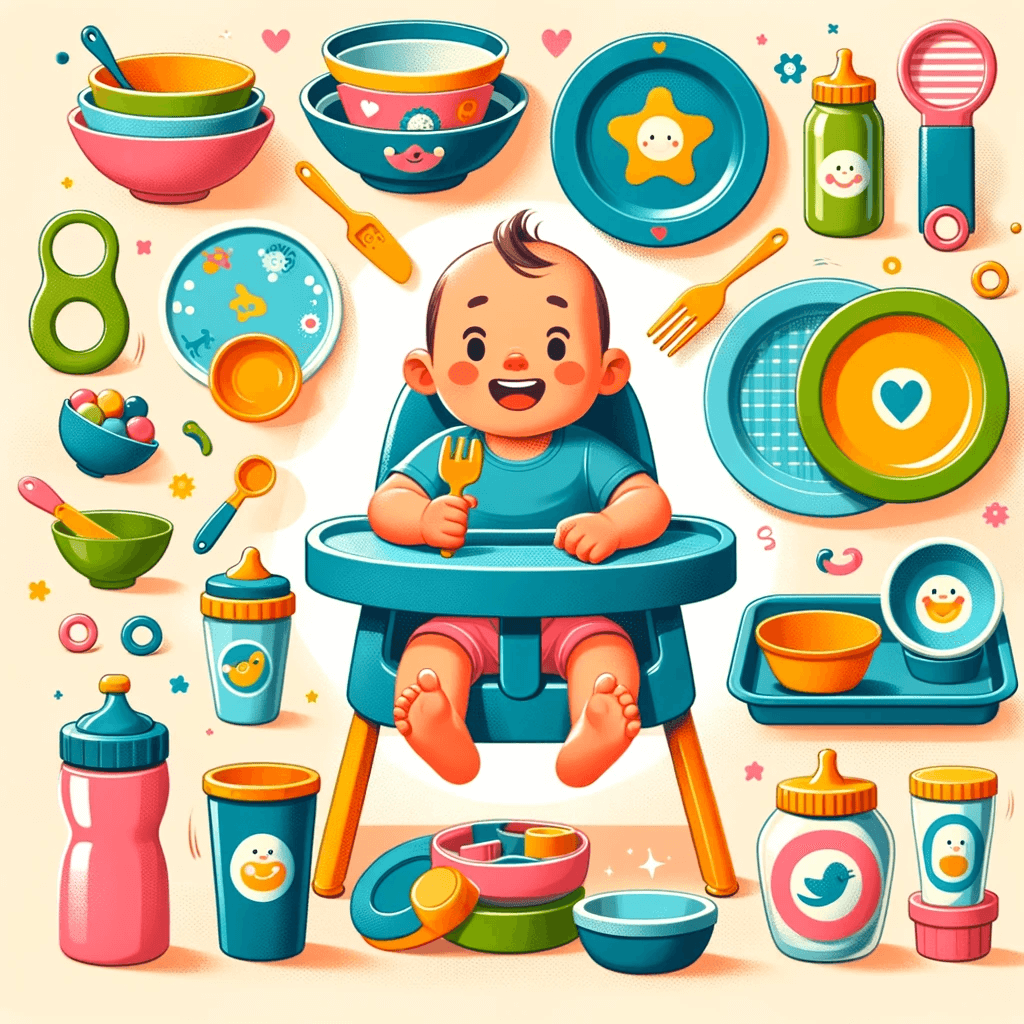Introducing your baby to solid foods is a milestone that comes with its own set of challenges and joys. Baby plates and bowls are designed to make this transition smoother and mess-free. In this blog, we explore various aspects of these essential feeding tools, addressing common questions Indian parents might have about their selection, safety, and maintenance. Our goal is to help you make informed choices for a hassle-free and enjoyable mealtime experience with your little one.
Find affordable preloved feeding essentials from fellow parents on India Parenting Forum.
Table of Contents
- Common FAQs on Baby Plates and Bowls:
- Q1: At what age can I start using baby plates and bowls for my child?
- Q2: Are plastic plates and bowls safe for babies?
- Q3: How do I choose the right size for baby plates and bowls?
- Q4: Can baby plates and bowls go in the microwave and dishwasher?
- Q5: What features should I look for in baby plates and bowls?
- Q6: How do I clean and sterilize baby plates and bowls?
- Q7: Are there eco-friendly options for baby plates and bowls?
- Q8: How many sets of plates and bowls should I have for my baby?
- Q9: Should I buy themed or character-based plates and bowls to encourage eating?
- Q10: Are divided plates better for babies and toddlers?
- Best Baby Plates and Bowl
Common FAQs on Baby Plates and Bowls:
Q1: At what age can I start using baby plates and bowls for my child?
A1: Baby plates and bowls can be introduced as soon as your child starts eating solid foods, typically around 6 months of age.
Q2: Are plastic plates and bowls safe for babies?
A2: Yes, as long as they are BPA-free, PVC-free, and phthalate-free. However, many parents opt for alternatives like silicone, bamboo, or stainless steel for added safety and durability.
Q3: How do I choose the right size for baby plates and bowls?
A3: Look for small-sized plates and bowls with high sides or dividers. These are easier for little hands to navigate and help keep food contained.
Q4: Can baby plates and bowls go in the microwave and dishwasher?
A4: It depends on the material. Check the manufacturer’s guidelines for each product. Silicone and some plastics are generally microwave and dishwasher safe, while materials like bamboo are not.
Q5: What features should I look for in baby plates and bowls?
A5: Non-slip bases, unbreakable materials, and compartments to separate food are useful features. Plates with suction cups can prevent spills by sticking to the table or highchair tray.
Q6: How do I clean and sterilize baby plates and bowls?
A6: Most can be cleaned with regular dish soap and water. For sterilization, check if the product is dishwasher-safe or can be boiled.
Q7: Are there eco-friendly options for baby plates and bowls?
A7: Yes, there are eco-friendly options like bamboo, which are biodegradable, and silicone, which is a durable and safe alternative to plastic.
Q8: How many sets of plates and bowls should I have for my baby?
A8: Having at least 2-3 sets is convenient to ensure you always have a clean set available at mealtime.
Q9: Should I buy themed or character-based plates and bowls to encourage eating?
A9: Fun designs and colors can make mealtime more exciting for children. Choose based on your child’s preference but prioritize functionality and safety.
Q10: Are divided plates better for babies and toddlers?
A10: Divided plates can be better for picky eaters as they keep different foods separate and make portion control easier.

